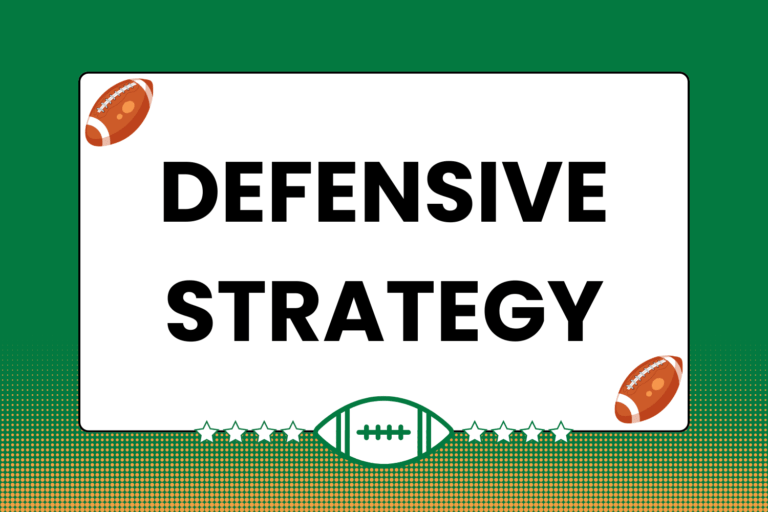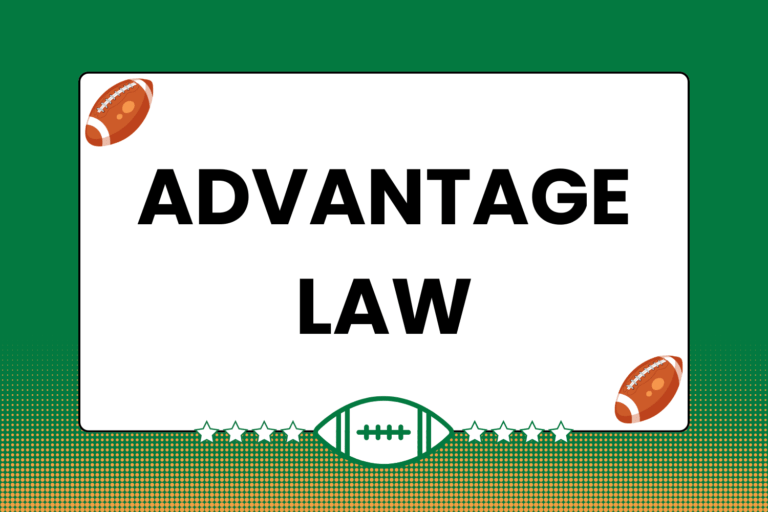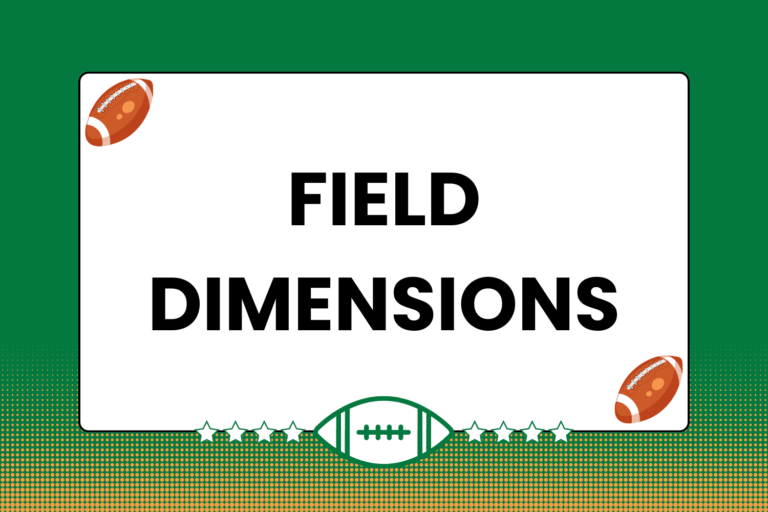Because they’re not directly related to any physical skill set, it’s easy to neglect the crucial non-physical aspects of rugby. For example, some players overlook the ability to effectively communicate during a game. But a quiet squad generally struggles to effectively relay play calls and signals between players. Though it’s easily taken for granted, good communication habits carry over to nearly every other aspect of the game. Here are a few examples of communication-specific rugby drills.
The Catch & Call
This is a very basic, simple drill that’s especially effective with newer and/or younger players. The primary purpose of this drill is to get players in the habit of talking frequently, as well as working on their passing abilities. Here’s how the drill works:
- Have the players form three lines. Going right to left (or left to right), name each of the lines “inside,” “middle,” and “outside.”
- One player from each line steps forward, forming a group. A ball is passed-in randomly to one of the three, and they start jogging forward.
- While they continue moving forward, the players constantly pass the ball back and forth. However, they must yell out their group name whenever they catch the ball, then call out the name of the player’s group to whom they pass the ball.
For example, say the ball goes to the middle player first. The middle player yells out “middle!” then passes the ball to the outside man, calling out “outside!” Upon catching the ball, the outside man calls “outside!” then calls out another group’s name, passing the ball to that player. As players get used to this drill, additional player groups can be added to increase the difficulty.
The Ruck React
This next drill focuses on playing the ball from a ruck, and it’s a bit more advanced. It emphasizes both ends of the communication process — saying the right code word on one end, and executing the corresponding maneuver on the other. Here’s how it works:
- If they don’t already exist, pick three code words for each of the three directions that the ball can be played from the ruck: To the left (Larry), up the middle (Matt), and to the right (Ray).
- Have three players line up three to five meters behind the ruck, ready to receive the ball. Have three other players act as defenders. One additional player is responsible for making the initial call, then passing the ball out from the ruck.
- The play starts from the ruck. The three attacking players line up directly behind the ruck, standing about one meter apart. The defenders, however, are free to arrange themselves however they want — all three in a row behind the ruck, two to the left and one to the right, all three to the right, etc.
- Depending on where the defenders line up, the acting scrumhalf calls out one of the three code words. For example, if two of the defenders were lined up to the right of the ruck, it would make sense to use the “Larry” call, as there would only be one defender to the left of the ruck.
- Whatever the call is, the attacking players move in that direction. One player catches the offload pass and starts the action. Any sort of maneuvering is permitted, so long as the attacking players move in the direction of the call.
Players should rotate between attacking, defending, and acting as scrumhalf. Doing so ensures that everyone gets an equal chance in the drill.
Mental Edge
Players who work on communication skills generally have outstanding decision-making abilities. As players get better at talking, they’ll also pick up on which calls and signal words work best in specific situations.
Talk Well, Play Smart
Talking seems simple, but it’s occasionally left out of the training plan. However, the more players work on their communication skills, the quicker those skills will become habits. And an instinctually vocal team generally moves the ball efficiently, works as a single unit, and leaves the field with a win.





